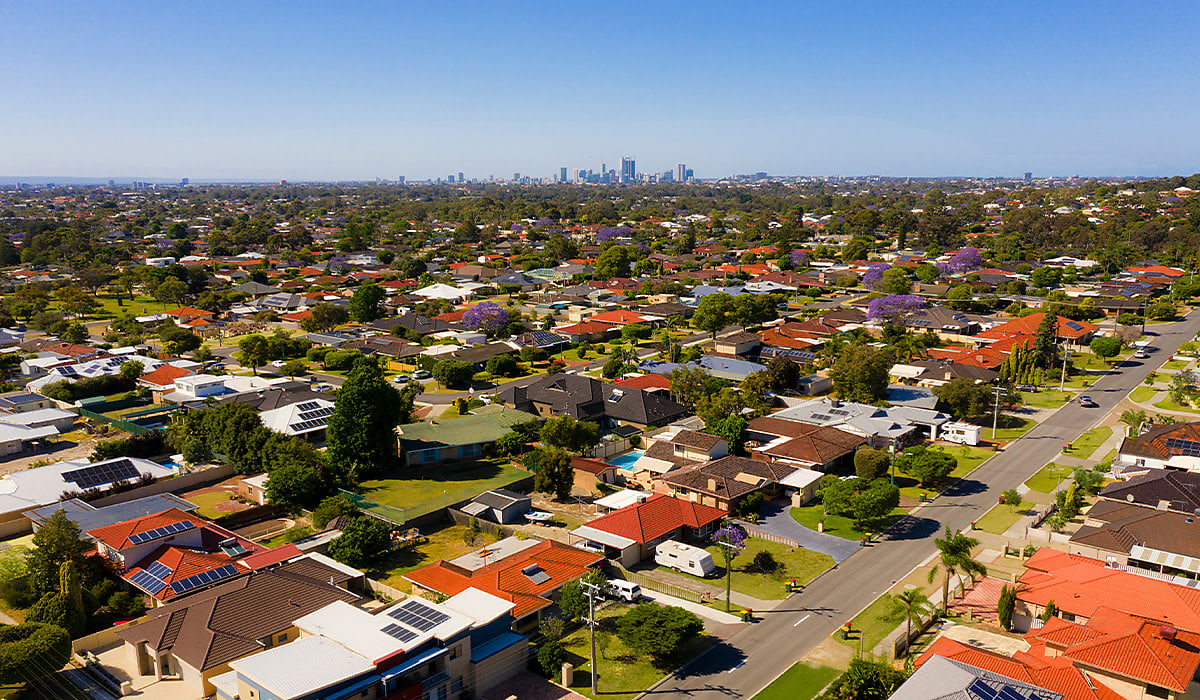Affordability worsens in WA’s housing market
Despite persisting as Australia’s most affordable state, recent REIA data has confirmed that the proportion of income needed to fulfil both loan repayments and rental payments has increased.

The latest Real Estate Institute of Australia (REIA) Housing Affordability Report has shown that the proportion of family income required to meet loan repayments in Western Australia has risen by 1 percentage point over the quarter, and by 3.6 percentage points over the year to now be 37.8 per cent of the median weekly family income of $2,162, and an average monthly loan repayment of $4,277.
You’re out of free articles for this month
To continue reading the rest of this article, please log in.
Create free account to get unlimited news articles and more!
Commenting on these findings, Real Estate Institute of Western Australia (REIWA) CEO Cath Hart declared that rising house prices are most responsible for this decline in affordability.
“A year ago, constant increases in interest rates saw mortgage repayments jump by about 40 per cent a month which impacted affordability at the time.”
“Rates have been stable since November, but house sale price growth has accelerated over the past two quarters, rising 4.2 per cent over the December 2023 quarter and 5.5 per cent over the March quarter. The decline in affordability reflects this,” Hart explained.
Nevertheless, she stated that Western Australia still “fared well” in comparison to the rest of the nation; only the ACT (requiring 34.3 per cent of a family’s income) and the Northern Territory (requiring 33.2 per cent of a family’s income) requiring lesser portions of a family income than Western Australia.
Hart also detailed that sales activity within Western Australia has remained strong even with the drop in affordability, voicing that even as prices rise “there is definitely appetite for, and the ability to buy, property”.
“The number of settled sales for the March 2024 quarter is currently just 4.8 per cent below the same time last year and the gap will close as more homes settle.”
“There are fewer homes for sale in lower price brackets, but this is the result of bracket creep pushing what would have previously been lower-priced homes into higher price brackets, rather than availability,” stated Hart.
Rental affordability in Western Australia also declined over the quarter and greater year, with the proportion of family income needed to meet the state’s median rent payments increasing by 0.6 percentage points to 23 per cent in the three months leading up to March.
These rent increases succeeded in pushing Western Australia to the middle of the ladder nationally, with Queensland, Victoria and the ACT offering greater rental affordability.
Looking towards the future, Hart cautioned that the state’s median rents will likely continue increasing over 2024 and further impact affordability.
The CEO did, however, state that the rate of growth in rents within Western Australia is expected to slow.
“We have recently recorded two months of rental stability, and are seeing subtle changes to supply and demand, which will ease some of the pressure on prices,” Hart detailed.
“Legislation limiting rent increases to once a year also comes into effect in coming months,” she concluded.
